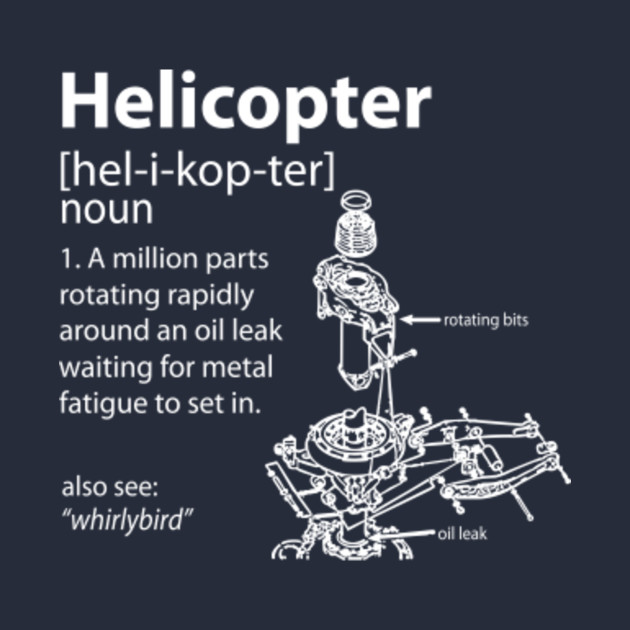It's been a dozen years or more since I was at the Robinson factory course. To keep their reputation intact they really, really focus on safety. A lot of experiences shared- people walking into tail rotors, wire strikes, accident videos. The one hardest to watch was a guy who just passed his checkride has his wife recording him making a trip around the pattern. He was so excited he forgot to pull carb heat, engine quit, and he apparently panicked and didn't auto. There he is, on final, all but done, and he just pancakes it.
Wire strikes were a big focus. The class is a mixture of newbies and old-timer hot shots. The instructor, Tim, has more experience than everyone there put together and wasn't shy about saying even he isn't immune. He thought he was at one time, but was doing a presentation in another country. Saw the wires for the two days he'd been there. But coming in one landing forgot about one of them and sure enough...
The R22, the small 2-seater, is more fun than you can imagine. But is comparably unstable, so you really have to be on your game. It's like flying a bigger, heavier airplane and then climbing into a 150. Your control inputs have to be more exact. Places you wouldn't hesitate to sit a heavier helicopter are more difficult in an R22. Even the slightest uneven landing spot makes things more difficult in the lighter helicopter.


